Perhaps no world leader can ever be completely sure how an encounter with Donald Trump will play out, but Canada’s Mark Carney had grounds to be especially wary before heading to the White House for his first post-election meeting with the US president.
For months now, Trump has waged a campaign of diplomatic and commercial intimidation against his northern neighbour, launching a trade war and belittling Carney’s predecessor Justin Trudeau.
Shortly before the briefing, the US leader once again took to social media to post a debunked figure that the US is “subsidizing Canada by $200 Billion Dollars a year” and to complain the country was receiving “FREE Military Protection”.
But from the moment the pair shook hands, it was clear the tone of the meeting would be remarkably cordial, with Trump praising Carney as “a very talented person” and Carney describing Trump as a “transformational” president.
The mood grew less relaxed as Trump again falsely claimed that the US was “subsidizing” Canada and repeated his calls for Canada to become the 51st state.
Here are five takeaways from Tuesday’s meeting:
1. Canada is not for sale
Carney used the meeting to tell Trump to his face what he’s told Canadians ever since he became prime minister: the country isn’t for sale.
When asked by reporters about his proposal for Canada to become the 51st state of the USA, Trump seemed to walk back the idea, conceding “it takes two to tango”. But he then said Canada would get a “massive tax cut” if it became an American state.
Trump said it would be “beautiful” to merge the two countries, saying the prospect “would really be a wonderful marriage”.
Carney, drawing on Trump’s pride in real estate dealings, reminded the president that in the industry, “there are some places that are never for sale”.
“That’s true,” said Trump.
“Having met with the owners of Canada over the course of the campaign ... it’s not for sale,” said Carney. “Won’t be for sale, ever.”
Later in the meeting, Trump brought up the idea again, telling Carney and the assembled media: “I say, never say never.”
“Never, never, never, never, never,” Carney appeared to say quietly.
2. Tariffs remain – for now
One major task for Carney and his team is to better understand the rationale – if there is one – behind the tariffs on Canadian goods, and to find any possible off-ramps. Carney set the bar low before the meeting, suggesting he didn’t anticipate any big announcements from the first gathering of the two leaders.
Near the end of the meeting, Trump was asked whether there was anything Carney or the Canadian delegation could offer for tariffs to be removed.
“No,” he said, adding that it’s “just the way it is”.
The prime minister was likely to use the working lunch to nonetheless chip away at the American position in search of common ground.
In Canada, the tariffs have led to a broad boycott by consumers of US-made products.
“Usually those things don’t last very long,” Trump said. “We have great things, great product. The kind of product we sell, nobody else can sell. Including military. We make the best military equipment in the world. And Canada buys our military equipment, which we appreciate.”
3. Both sides predict a revised trade deal
The country’s trade relationship came up during the meeting, with Trump signalling he was interested in renegotiating key aspects of the free-trade US-Mexico-Canada Agreement (USMCA), calling the prior deal, Nafta, the “worst in the history of the world”.
The current pact governing free trade across the continent is due for renewal next year.
“We’re going to be starting to possibly renegotiate that,” Trump said, “if it’s even necessary. I don’t know that it’s necessary any more.”
Trump refused to answer questions on which specific provisions of the deal he wanted to renegotiate, telling reporters the leaders were “dealing more with concepts right now”. But later, he repeated claims that the United States didn’t need Canadian exporters, including for Canadian cars, steel or energy. “We want to do it ourselves,” he said.
Carney pushed back on Trump’s characterization of the current deal, including the use of tariffs by American officials, but agreed the existing deal was a “framework” for future talks and a “bigger discussion”.
“We are the largest client of the United States, in the totality of all the goods,” he said.
In a nod to the importance of the trade relationship between the two nations, both sides brought their most senior officials. Attending for the Canadians were some of the country’s top trade and diplomatic officials, including international trade minister Dominic LeBlanc, foreign affairs minister Mélanie Joly, public safety minister David McGuinty and Canada’s ambassador to the US, Kirsten Hillman.
On the American side, Trump had JD Vance, secretary of state Marco Rubio, secretary of commerce Howard Lutnick and US trade representative Jamieson Greer.
4. Trump just wants to be loved
When asked by reporters what the biggest concession Canada could offer might be, Trump said “friendship”.
The cordial and positive tone between the leaders likely comes as a relief to Canadian officials, who prepared for numerous scenarios – including a dressing-down akin to the treatment of the Ukrainian president Volodymyr Zelenskyy.
Instead, the initial minutes of the meeting involved a shower of mutual praise between the leaders.
After the Liberal party’s federal election victory last week, Trump congratulated Carney for one of the “greatest political comebacks of all time”, and described the prime minister’s visit “an honour” for the White House. Trump added he had great “respect” for Carney.
Carney returned the compliments, calling Trump a “transformational president” with a strong focus on the economy, security and American workers.
It marked a sharp departure from the frosty and strained relationship with Carney’s predecessor Justin Trudeau, whom Trump once described as “two-faced” – and who in turn described the US trade war as “dumb”.
Given that much of US foreign policy appears to depend on whether Trump favours a world leader, that change in tone may bode well for Canada.
5. Bad blood lingers
Trump used part of the meeting to attack various political actors, including Trudeau and the former finance minister Chrystia Freeland, who led the Canadian delegation in previous negotiations of the continental free-trade pact.
“I didn’t like his predecessor,” Trump said to Carney, once again derisively calling Trudeau “governor”.
He then singled out Freeland, saying: “She was terrible. Actually, she was a terrible person, and she really hurt that deal very badly because she tried to take advantage of the deal and she didn’t get away with it.”
In late January, Freeland used Trump’s dislike of her as a key component of her failed bid for leadership of the Liberal party – a race she eventually lost to Carney.

 German (DE)
German (DE)  English (US)
English (US)  Spanish (ES)
Spanish (ES)  French (FR)
French (FR)  Hindi (IN)
Hindi (IN)  Italian (IT)
Italian (IT)  Russian (RU)
Russian (RU)  1 month ago
1 month ago

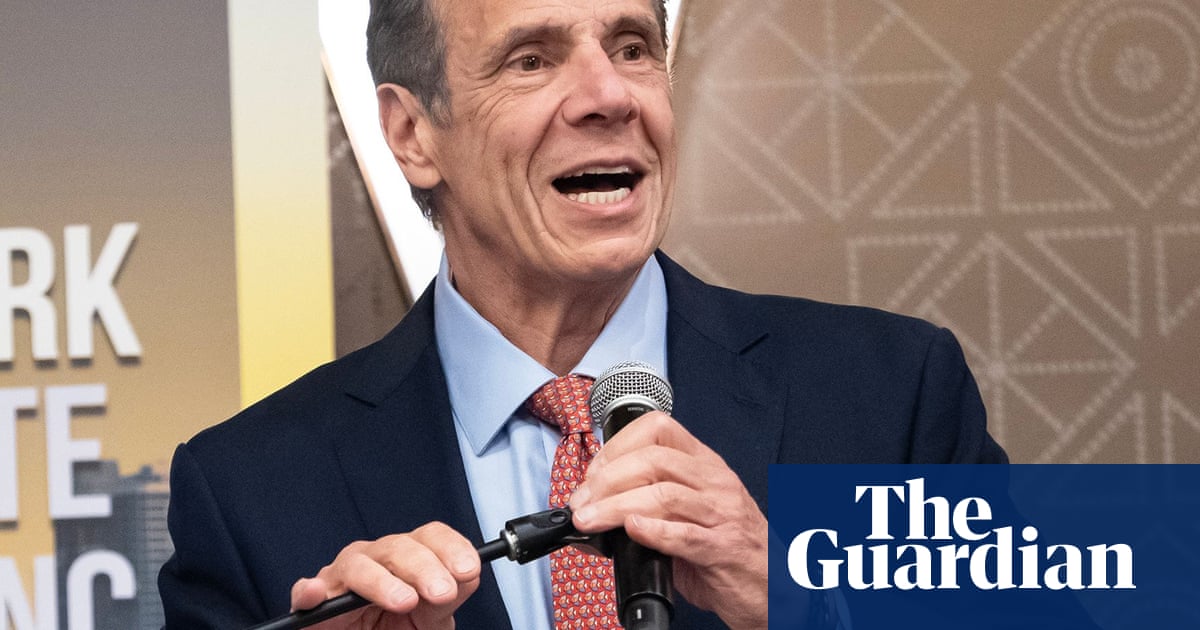




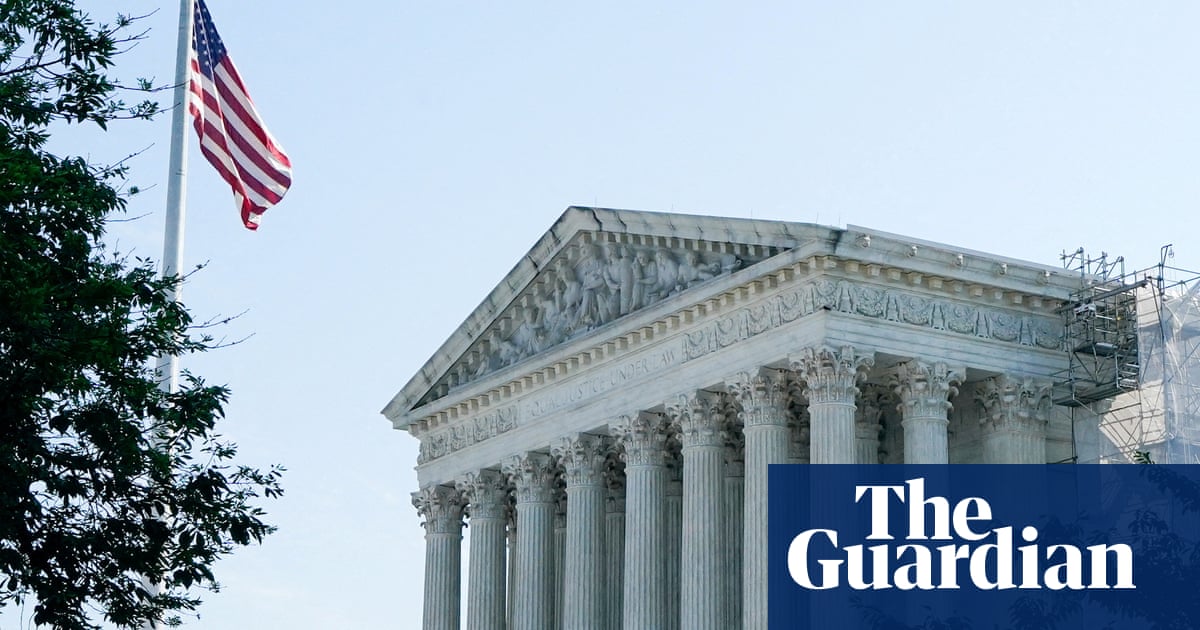
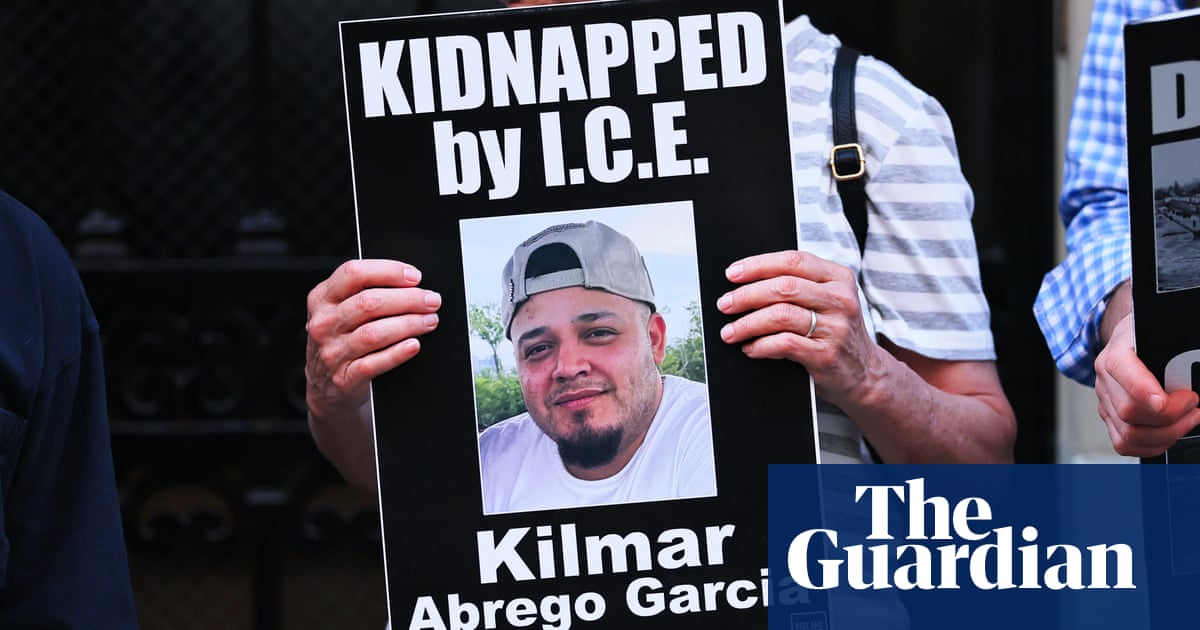









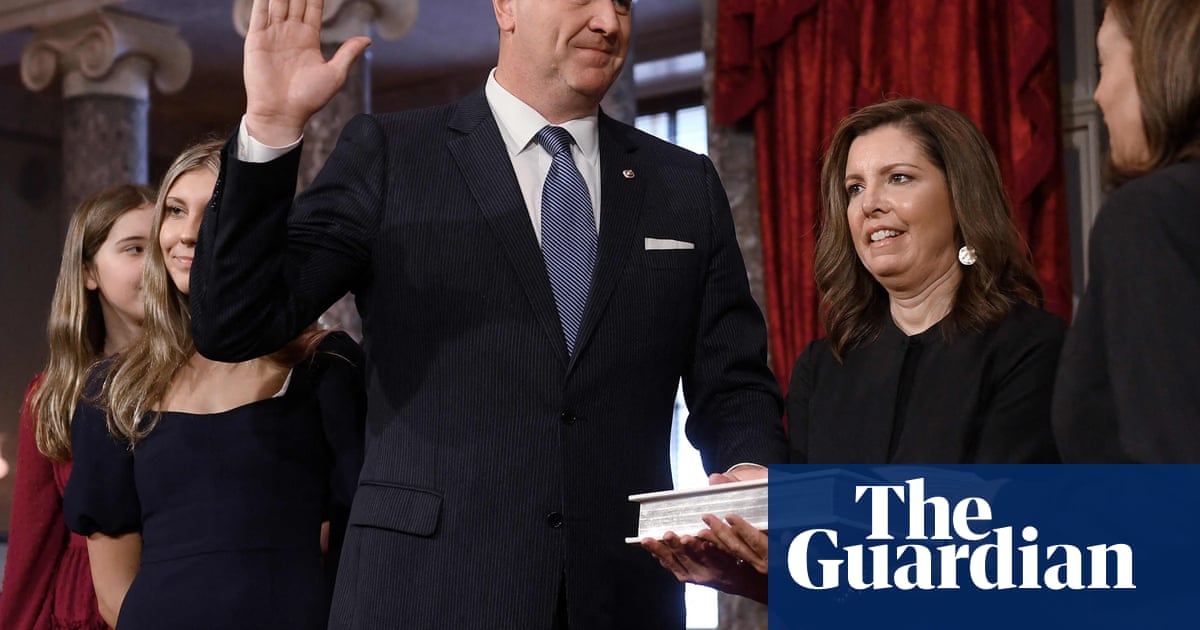

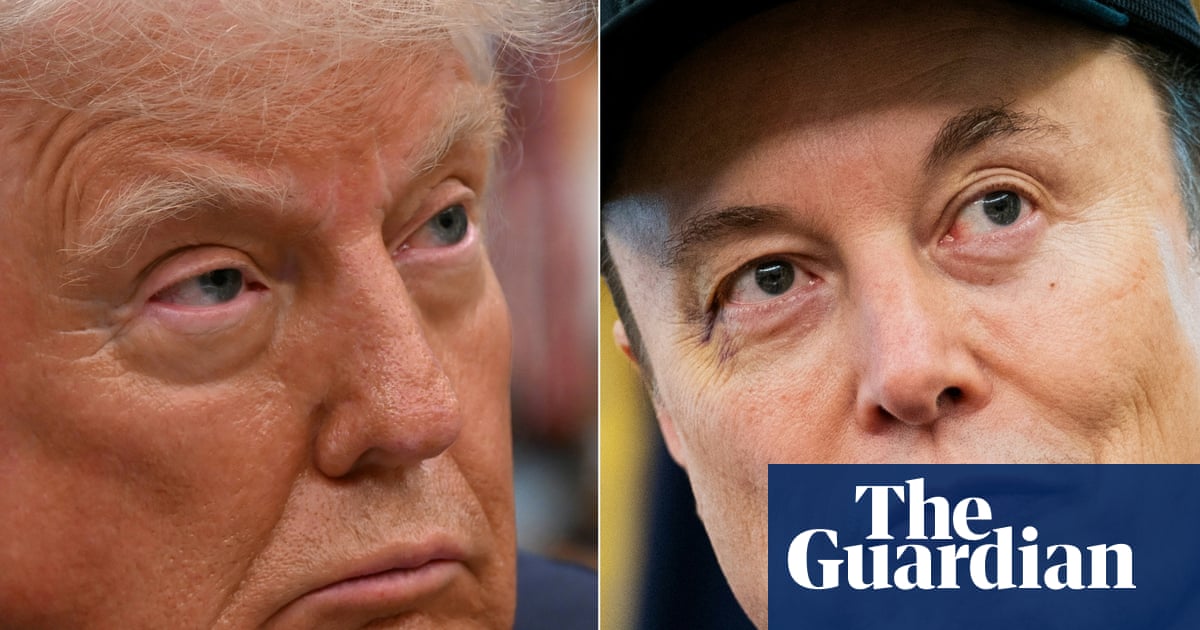




Comments